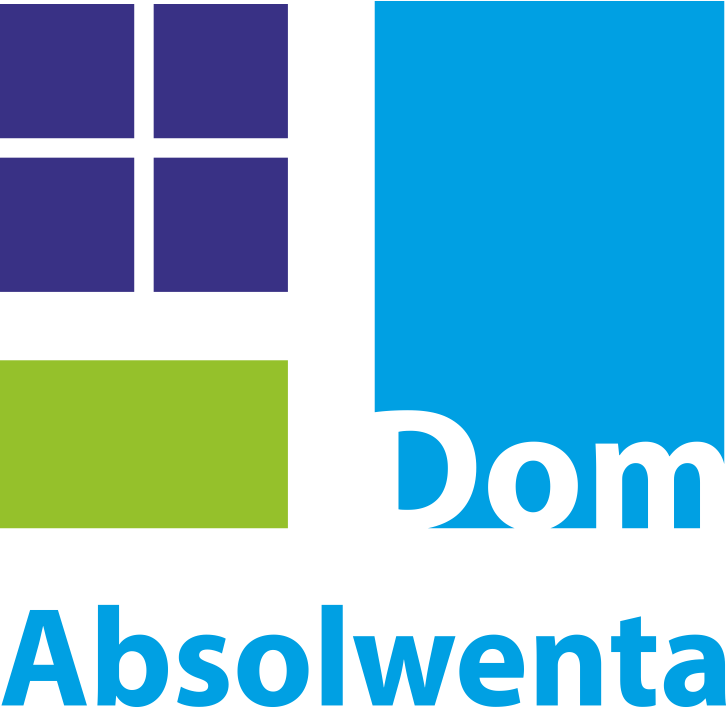Just like in 2020, you can get your ERC for Q1 and Q2 2021 by reducing your payroll tax deposits. If you qualify as a small employer (500 full-time employees or fewer in 2019), you can apply for early repayment of the loan using Form 7200, COVID-19 Employer Credit Advance. In 2021, no advances will be available for employers with more than 500 employees. If the loan exceeds the employer`s total liability for the Social Security or Medicare portion, the deductible will be repaid to the employer, either before June 30, 2021 or in a calendar quarter thereafter. These FAQs do not reflect changes introduced by the Taxpayer Certainty and Disaster Tax Relief Act of 2020 (Relief Act), which came into force on December 27, 2020, the American Rescue Plan Act of 2021 (ARP Act), which came into force on December 11, 2020. March 2021, or the Infrastructure Investment and Employment Act (Infrastructure Law), which came into force on November 15, 2021. The Relief Act amended and extended the employee retention credit (and the eligibility of certain advance tax credit payments) under section 2301 of the CARES Act for the first and second calendar quarters of 2021. The ARP Act amended and extended the employee retention credit for the third and fourth quarters of 2021. The Infrastructure Act ended the employee retention credit for salaries paid in the fourth quarter of 2021 for employers who are not start-ups. For more information on this tax credit option, see the employee retention credit questions and answers below.
“There`s a variety of understandings, but it`s really helpful to understand how the loan applies to your business because even if you haven`t figured it out or think you`re eligible, you can still apply for it,” Vitale, who will hold a meeting on the ERC in December. 8 at the AICPA & CIMA Construction and Real Estate Conference in Las Vegas, said in a pre-conference phone interview. The notices also included additional details, including the use of appropriations for 2020 and 2021, details on how to interact with other carry-overs, clarifications on the definition of salaries and documentation requirements. An eligible employer`s ability to take advantage of employees` retention loans is affected by other credit and relief provisions as follows: It is also important to note that there are affiliation rules that apply to general-owned businesses that could impact loan eligibility. With the signing of the Infrastructure investment and employment act on November 15, 2021, the end date of the employee retention tax credit program for most businesses has been extended retroactively to September 30, 2021. Recovery Startup Business remains eligible to pay an eligible salary to take advantage of the loan until December 31, 2021. If your federal labour taxes do not cover payments, you can complete Form 7200, Advance Payment of Employer Credits Due to COVID-19, to claim an advance on credits. Submit Form 7200 at any time before the end of the month following the quarter in which you paid the eligible salary. When you file Form 941, 944 or 943, remember to consider the amounts in the advance. In 2021, the eligible salaries paid to each employee that can be used to calculate the CTRE cannot exceed $10,000 per quarter. In other words, the employer can receive a maximum of $7,000 ($10,000 x 70%) in credit per employee for each calendar quarter in which eligible wages are paid.
Eligible salaries considered in determining the eligible CRCR are not considered wages for the purposes of various other tax credits and PPP loan forgiveness. Under the CAA, 2021, this prohibition will also be extended to salaries received by certain other loans, including research credit, Indian employment credit, employer differential wage credit, and empowerment zone employment credit. President Joe Biden`s signing of the Infrastructure and Jobs Investment Act (IIJA) on November 15, 2021 retroactively eliminates an employer`s ability to claim Employee Retention Credits (ERCs) for eligible wages paid after September 30, 2021. This means that the maximum ERC per employee available to an eligible employer in the 2021 taxation year is $21,000, not $28,000. However, each of these businesses may still be eligible for the loan with the second factor criterion. Salaries/remuneration in general that are subject to FICA tax, as well as eligible health expenses, are eligible when calculating the employee retention credit. These must have been paid after March 12, 2020 and be eligible for the credit if they are paid before September. 30, 2021 (Start-ups have until December 31, 2021). On December 6, in Communication 2021-65, the IRS issued guidance to employers who received an upfront payment from the ERTC or reduced their payroll tax contributions in anticipation of the credit for the fourth quarter of 2021. .


Recent Comments